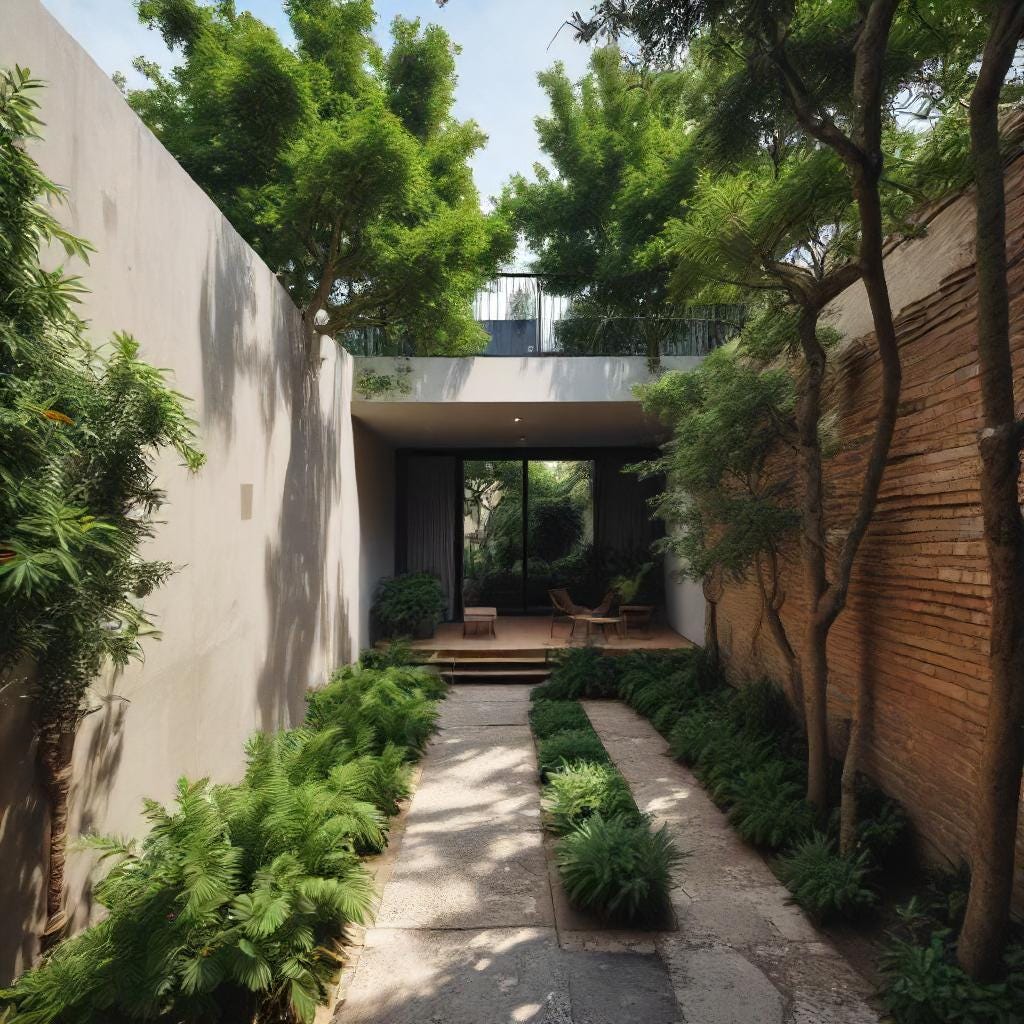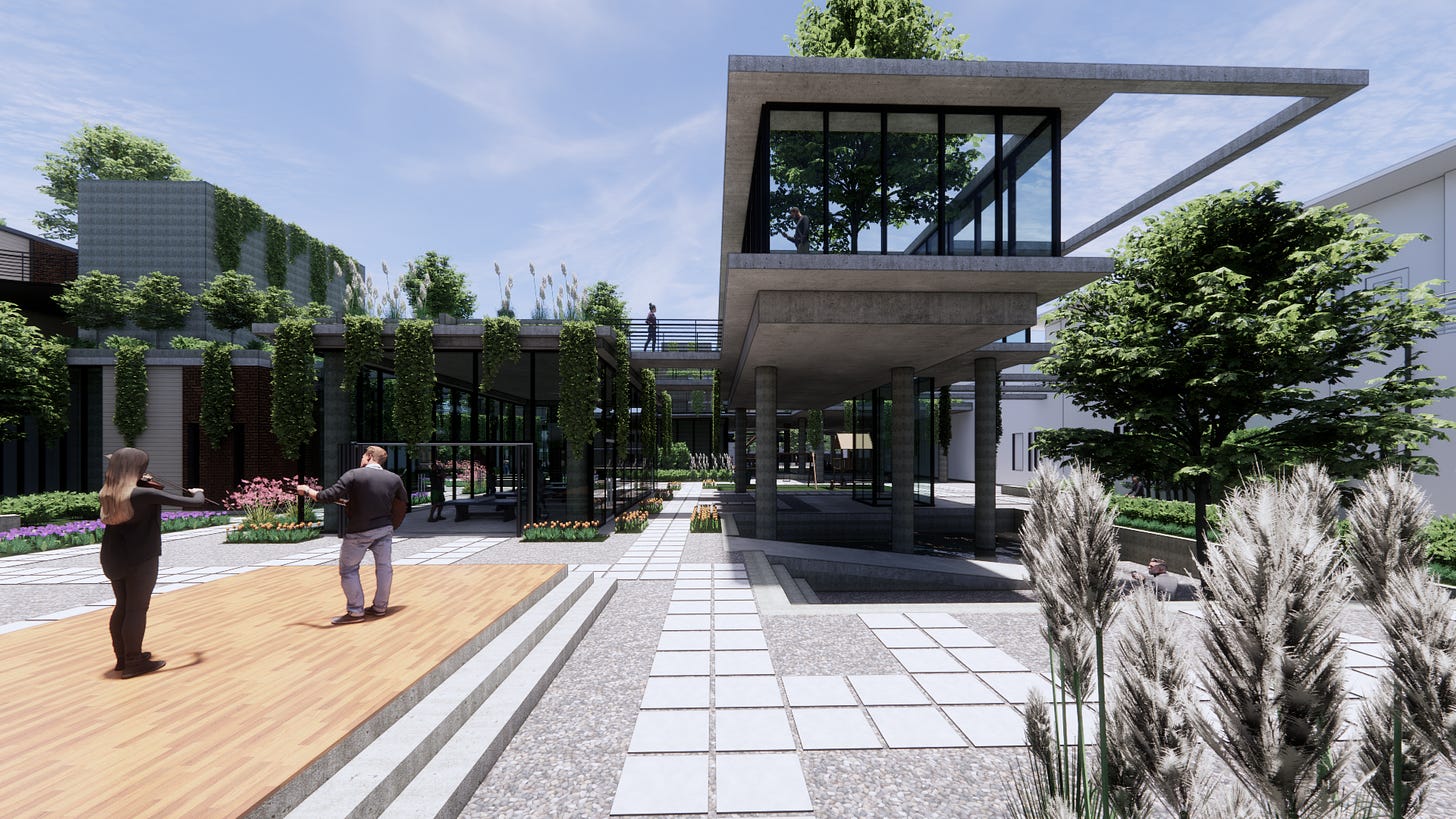Greening the Blueprint: The Rise of Sustainable Architecture
The growing importance of sustainability in Architectural Design and Construction.
Welcome to the Design Edge. My name is Juan Antonio. I’m a Canadian Designer and BIM Specialist with more than a decade of experience in Canada and the United States. This blog aims to delve into the latest trends, practical tips, and inspiring stories in architecture.
Every Monday, I will bring you curated insights to help you navigate the evolving landscape of eco-friendly design and construction. Today, I’ll explore the growing importance of sustainability in architectural practices.
Today's Highlights:
What you’ll learn: Sustainable Architecture | Principles | Biophilic Design
Resources: What is Biophilic Design?
Read Time: 2 Minutes
Sustainable architecture is not just a passing trend
It is an urgent necessity in our world today, where the effects of climate change are undeniable. It involves an approach to building design that aims to reduce structures' environmental impact while maximizing their efficiency and functionality.

One of the fundamental principles of sustainable architecture is energy efficiency. Buildings account for a significant portion of global energy consumption and greenhouse gas emissions. By incorporating energy-efficient design elements such as passive solar heating, natural ventilation, and high-performance insulation, architects can drastically reduce a building's energy demand and carbon footprint.
But sustainability goes beyond energy efficiency; it's about creating spaces that harmonize with their surroundings and promote the well-being of occupants. Biophilic design, for instance, integrates natural elements like daylight, plants, and water features into the built environment to enhance people's connection with nature and improve indoor air quality.
Innovative materials play a crucial role in sustainable architecture, offering alternatives to traditional, resource-intensive building materials like concrete and steel. From recycled wood and bamboo to earth-friendly composites and bio-based plastics, architects have a plethora of eco-friendly options at their disposal to create structures that are both aesthetically pleasing and environmentally responsible.

Water conservation is another crucial aspect of sustainable architecture, particularly in water scarcity regions. Rainwater harvesting systems, greywater recycling, and permeable paving are just a few strategies employed to minimize water usage and mitigate the strain on local water resources.
Furthermore, sustainable architecture seeks to promote social equity and resilience by fostering inclusive, community-oriented spaces that are accessible to all. Whether through mixed-income housing developments, adaptive reuse projects, or green infrastructure initiatives, architects are leveraging their skills to address societal challenges and create more resilient, livable cities.
Looking ahead, the role of architects in sustainable architecture will only increase in significance. With urbanization accelerating and environmental pressures increasing, architects have the power to champion innovative solutions that prioritize sustainability without compromising on design quality or functionality.
Recommendations
We should incorporate these principles of sustainability into future design and keep in mind the end user. A personal concept that comes to mind is Human | Nature architecture, which aims to enhance well-being by strategically integrating vegetation in the built environment, focusing on the users’ unique needs and preferences. It explores innovative approaches to creating urban spaces that promote health, sustainability, and a positive user experience.

Last comments
Sustainable architecture offers a beacon of hope for a brighter, greener future for our planet. By embracing eco-friendly design principles, harnessing cutting-edge technologies, and fostering collaboration across disciplines, we can construct cities that are not only environmentally sustainable but also socially inclusive and resilient. Let's unite and embark on this journey towards a more sustainable tomorrow, one building at a time. What are your thoughts?




